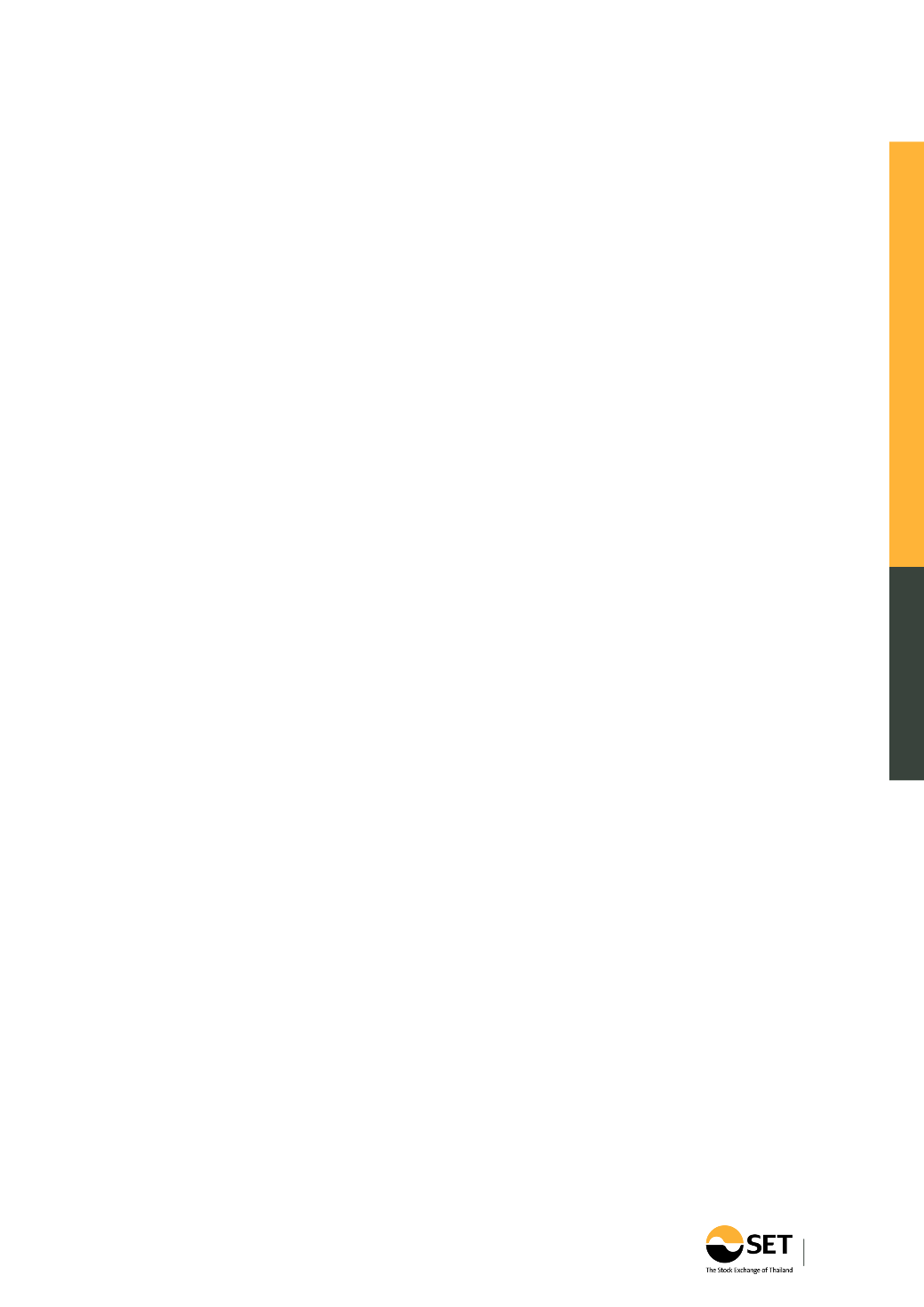

143
2.8 Accounts receivable and accrued
income
Accounts receivable and accrued income are carried at
original invoice amount less allowance for doubtful accounts.
The allowance for doubtful accounts is assessed
primarily on analysis of payment histories and future
expectations of customer payments, assessment of the
future cash flows, known and identified instances of
default and consideration of market trends. Bad debts
are written off when incurred and recognised as part
of other expenses in the statement of comprehensive
revenues and expenses.
2.9 Property, plant and equipment
Land is stated at cost less impairment losses.
Property and equipment are stated at cost less
accumulated depreciation and impairment losses.
Depreciation is charged to the statement of
comprehensive revenues and expenses on a straight-line
basis over the estimated useful lives of each part of
an item of property, plant and equipment, except for
land which is considered to have an unlimited useful
life. The estimated useful lives are as follows:
Land improvements
5 years
Buildings
10 - 30 years
Building improvements 3 - 30 years
Furniture and fixtures
5 - 20 years
Office equipment
5 - 10 years
Vehicles
5 - 7 years
Management determines the estimated useful
lives and residual values for the Group’s property and
equipment. Management will appropriately revise the
residual values and useful lives of assets when the
residual values and useful lives differ from previous
estimations, or it will write-off technically obsolete
assets or assets which have been sold or abandoned.
Where the carrying amount of an asset is greater
than its estimated recoverable amount, it is written
down immediately to its recoverable amount.
Repair and maintenance expenses are charged
to the statement of comprehensive revenues and
expenses during the financial period in which they are
incurred. The cost of major renovation is included in
the carrying amount of the asset when it is probable
that future economic benefits in excess of the originally
assessed standard of performance of the existing asset
will flow to the Group. Major renovations are depreciated
over the remaining useful lives of the related assets.
Gains and losses on disposal are determined
by comparing the proceeds with the carrying amount
and are included in the statement of comprehensive
revenues and expenses.
2.10 Intangible assets
Intangible assets, computer software, patent and
right in operation, that are acquired by the Group,
which have finite useful lives, are recognised at cost
less accumulated amortisation and impairment losses.
Intangible assets are amortised in the statement of
comprehensive revenues and expenses on a straight-
line basis over their estimated useful lives from the
date that they are available for use. The estimated
useful lives are 5 - 10 years.
Costs associated with developing or maintaining
computer software are recognised as expenses as
incurred in the statement of comprehensive revenues
and expenses. Costs that are directly associated with
identifiable and unique software products controlled
by the Group and have probable economic benefits
exceeding the cost beyond one year are recognised as
intangible assets. Direct costs include the purchase
price and an appropriate portion of relevant overheads
to allow such asset to be ready for its intended use.
Expenditure which is incurred to enhance or extend the
performance of computer software beyond its original
specifications is recognised as an intangible asset.
Management detemines the estimated useful lives
of intangibleassets.Managementwill revise theamortisation
charge where useful lives differ from the previous
estimations or it will write-off technically obsolete assets
or assets which have been sold or abandoned.

















